How to Track WP Forms in a WordPress Website
Tracking form submissions on your WordPress website is essential for understanding user interactions and improving conversions. Follow this step-by-step guide to set up Elementor Form tracking using Google Tag Manager (GTM).
Step 1: Copy the Tracking Code
First, copy the tracking code from my website. This code will help detect form submissions on your site.
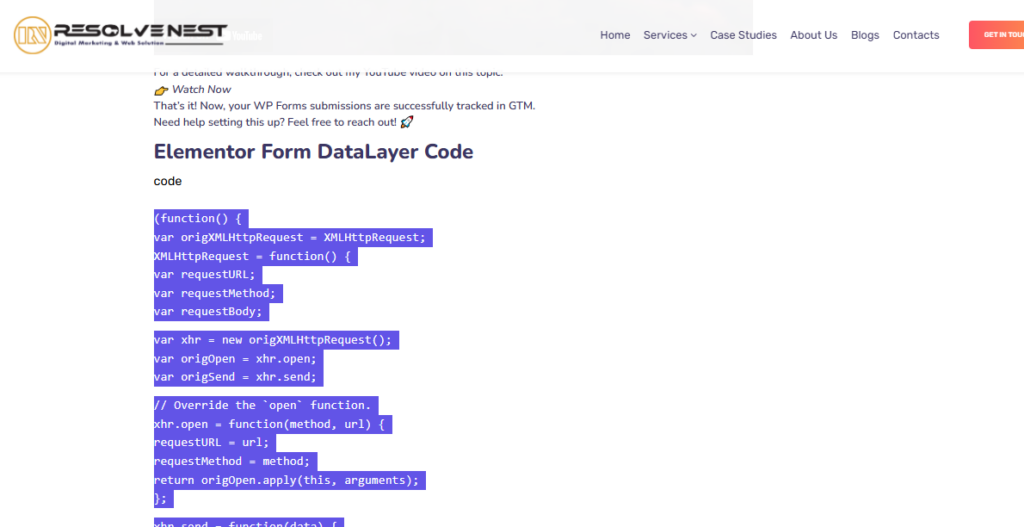
Step 2: Add the Code to Google Tag Manager
Go to Google Tag Manager (GTM).
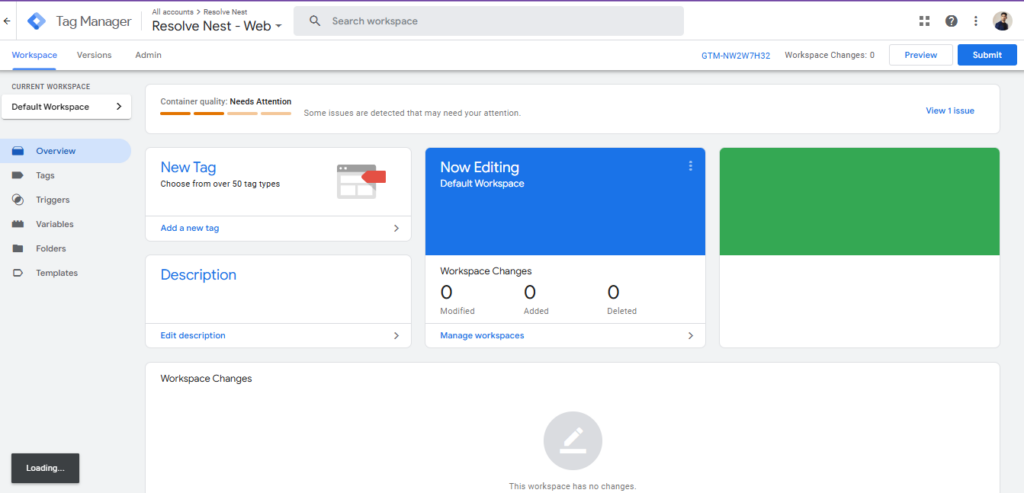
Go to Google Tag Manager (GTM).
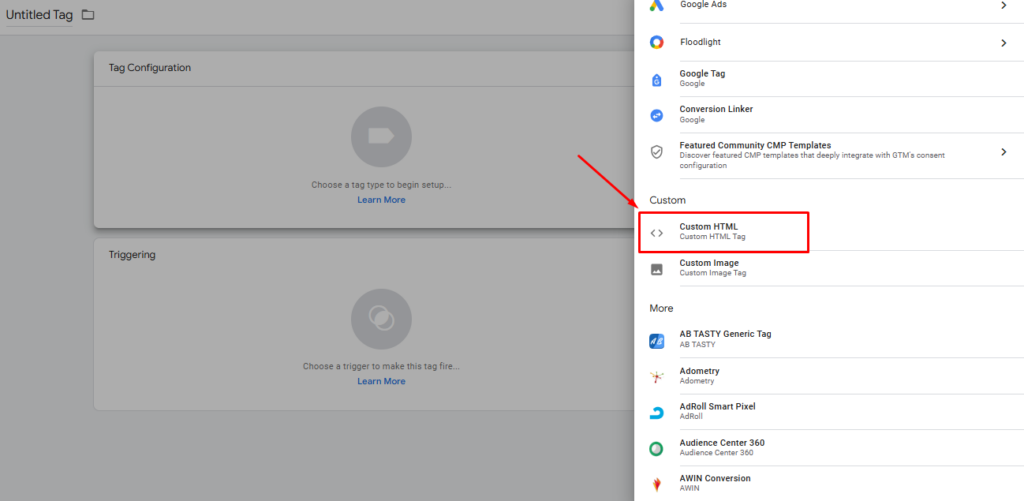
Paste the copied tracking code into the HTML field.
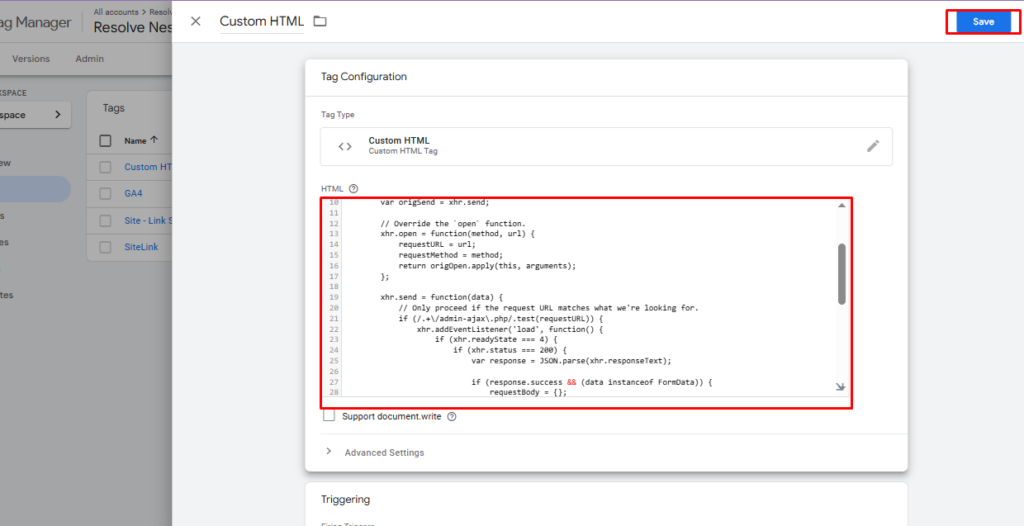
Set the trigger to "All Pages" so the code runs across your site
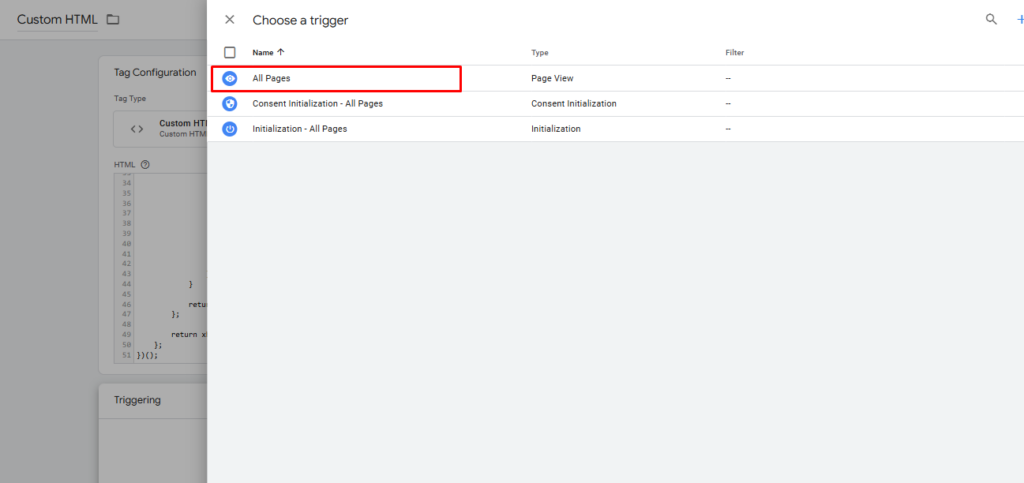
Step 3: Submit the Tag
Once you’ve added the tag, click Submit in GTM.
Important: If you don’t submit, the tag will only work in preview mode, not in the live environment.
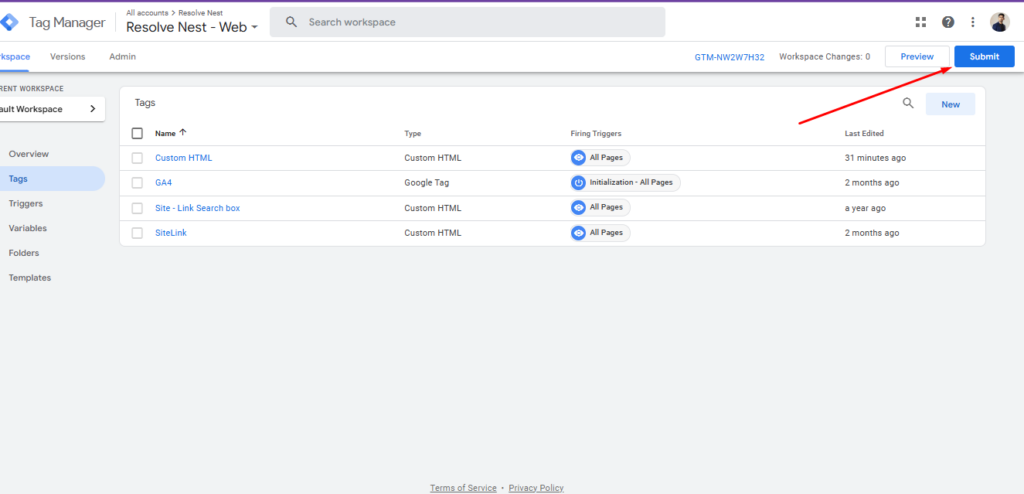
Step 4: Test the Setup in Preview Mode
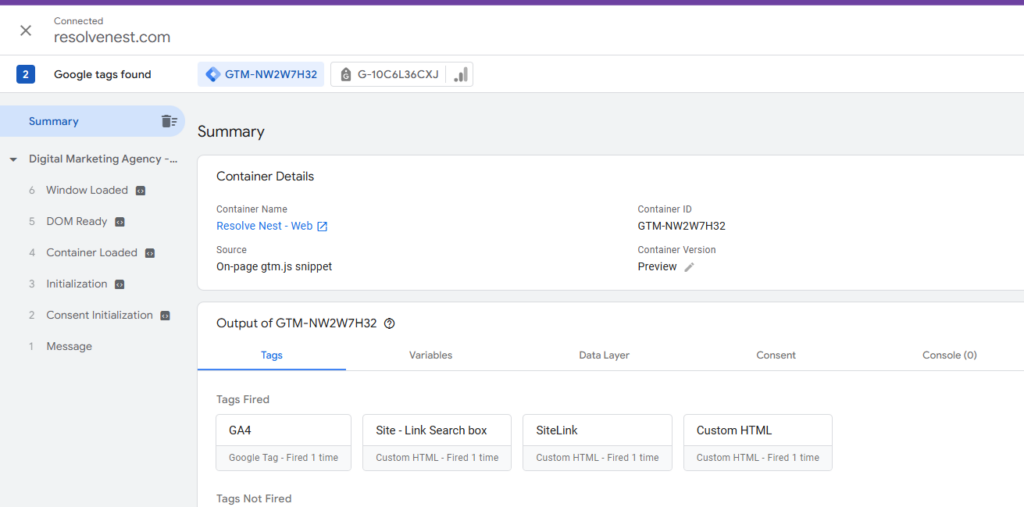
Submit the form on your website
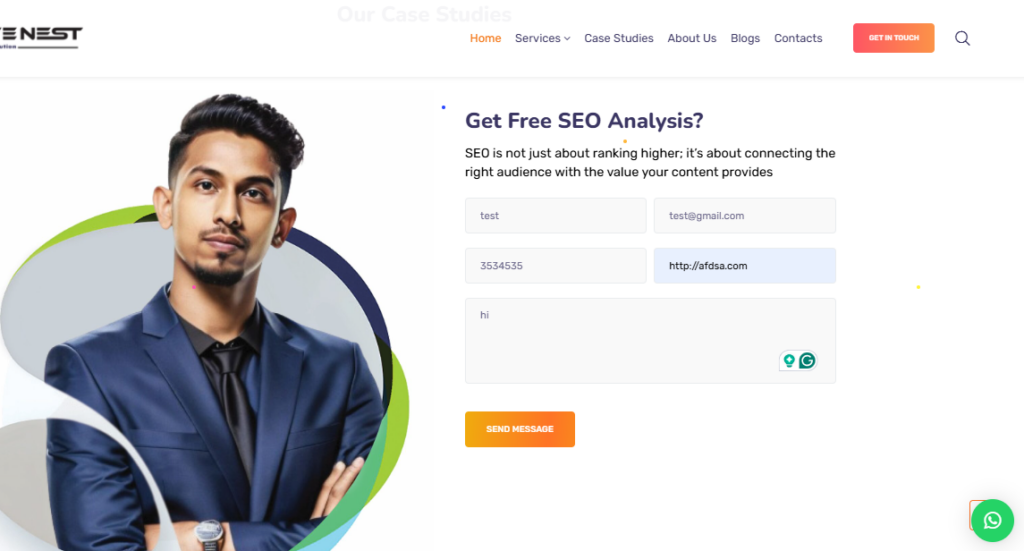
If everything is set up correctly, you should see a form submission event triggered in GTM.
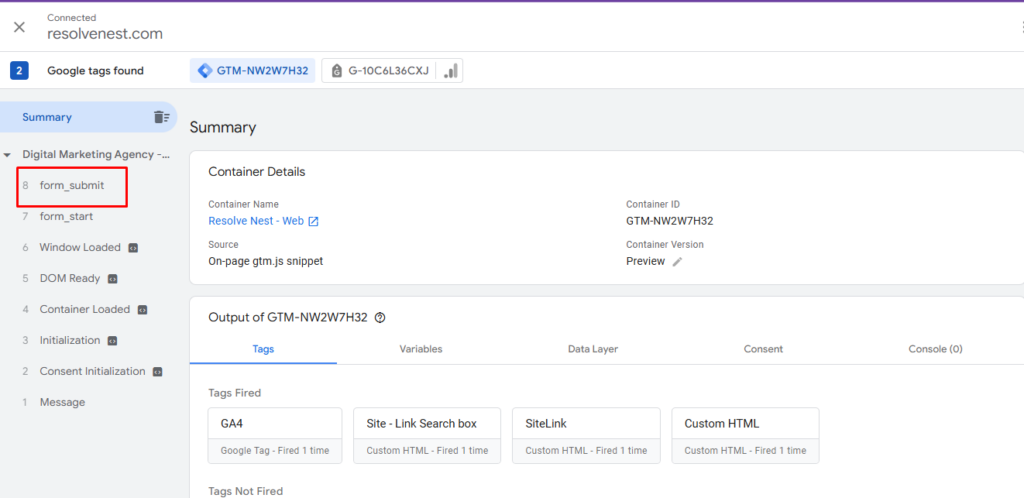
Step 5: Capture the Event and Create a Tag
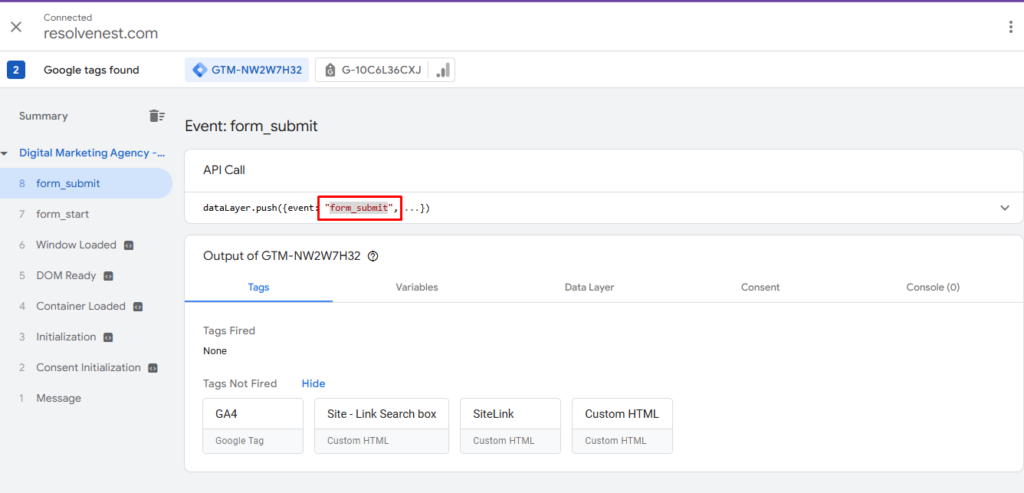
Step 6: Set Up the Final Tracking Tag
Use the event trigger you just captured.
Configure it to send form submission data to Google Analytics, Google Ads, or any other platform you want to track conversions in.
Submit it
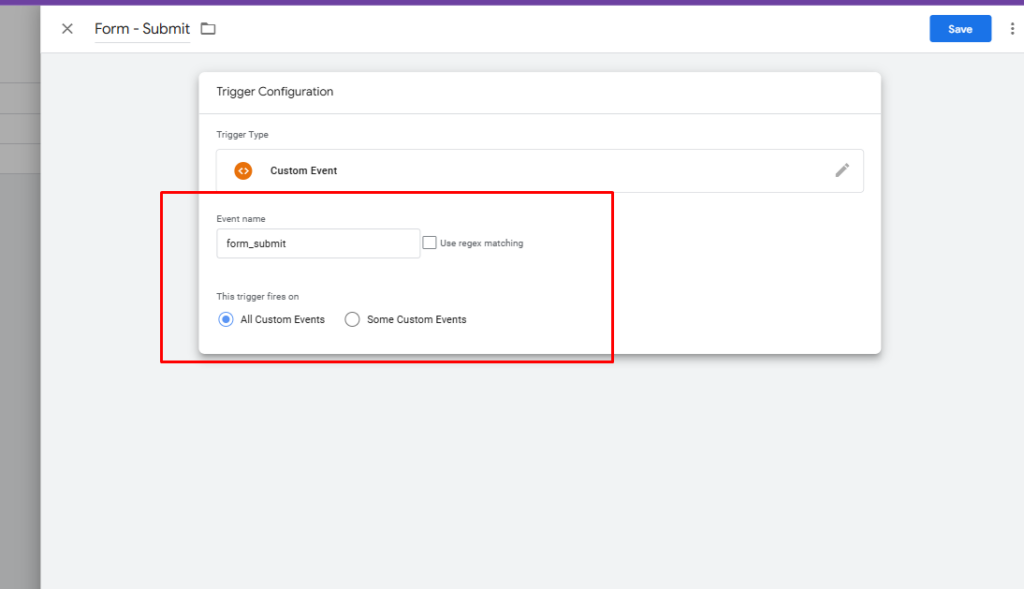
That’s it! Now, your Elementor Form submissions are successfully tracked in GTM.
Need help setting this up? Feel free to reach out! 🚀
📺 Watch the Step-by-Step Tutorial
For a detailed walkthrough, check out my YouTube video on this topic: 👉 Watch Now That's it! Now, your WP Forms submissions are successfully tracked in GTM. Need help setting this up? Feel free to reach out! 🚀
Elementor Form DataLayer Code
Local SEO For Multiple Locations In USA
In today’s competitive market, businesses with multiple locations need a solid strategy to get noticed by local customers. Local SEO is the key to helping your business rank higher in local searches, attract more customers, and grow your revenue. In this guide, we’ll walk you through everything you need to know to get started with local SEO for multiple locations.
What is Local SEO?
Local SEO is a digital marketing strategy that helps your business appear in local search results. When people search for services or products in their area, your business can show up in results if it’s optimized for local SEO. This is especially important for businesses with multiple locations because each location needs visibility in its specific area.
Why is Local SEO Important for Multiple Locations?
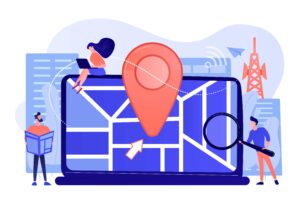
Having multiple locations means you’re competing in different areas. Local SEO ensures that each of your locations appears in search results when potential customers are looking for the products or services you offer. With proper optimization, you can:
- Increase visibility in local searches.
- Drive more traffic to each location.
- Build trust and credibility with customers.
- Stay ahead of local competitors.
How to Improve Local SEO in Several Places
1. Create a Separate Page for Each Location
Each of your locations should have its own dedicated webpage. This is crucial for helping search engines understand your business’s presence in different areas. Here’s what to include on each page:
- Business name, address, and phone number (NAP)
- Unique content about the location
- Operating hours
- Location-specific services
- Photos of the location or storefront
2. Optimize Google Business Profiles
One effective strategy for local SEO is the Google Business Profile (GBP). For every location, make sure to establish a profile and optimize it by:
- supplying precise NAP data
- Including top-notch images
- Creating an engaging business description
- Choosing the appropriate categories
- Promoting client testimonials
3. Use Local Keywords
Incorporate local keywords into your content to target specific areas. For example:
- Make use of “plumbing services in New York” instead of “plumbing services.”
- Use variations like “best pizza near me” or “top-rated spa in Dallas”
Include these keywords in:
- Title tags
- Meta descriptions
- Headings
- Body Content
4. Build Local Backlinks
Your local SEO efforts can be strengthened by backlinks from nearby websites. To obtain high-quality backlinks, collaborate with nearby companies, support neighborhood gatherings, or be highlighted in regional blogs.
5. Maintain Consistent NAP Information
Consistency is crucial for local SEO. Ensure your business name, address, and phone number are identical across all platforms, including:
- Google Business Profiles
- Your website
- Social media
- Online directories
6. Collect and Manage Reviews
In local SEO, customer reviews are very important. Customers should be encouraged to provide reviews on Yelp, Google Business Profile, and other pertinent websites. React to evaluations, both favorable and unfavorable, to demonstrate your appreciation for client input.
Advanced Strategies for Local SEO
7. Create Location-Specific Content
Beyond having dedicated pages for each location, create valuable, location-specific content that resonates with the local audience. Examples include:
- Blog posts about local events or trends
- Case studies featuring local customers
- Guides or tips tailored to the community
This approach not only helps with SEO but also strengthens your connection with the local community.
8. Implement Schema Markup
One form of structured data that aids search engines in comprehending the content of your website is schema markup. Use the Local Business Schema to emphasize crucial details for local SEO, such as:
- Business name
- Address
- Phone number
- Opening hours
- Services offered
This can improve your chances of appearing in rich results and increase your visibility.
9. Monitor and Improve Local Rankings
Use tools such as these to monitor the effectiveness of your local SEO efforts.:
- Google Analytics: Monitor traffic and behavior for each location’s page.
- Google Search Console: Check search performance for local keywords.
- Local SEO tools: SEMrush and BrightLocal are two examples of tools that can give you information about local rankings..
Analyze this data regularly to identify what’s working and where improvements are needed.
10. Leverage Social Media for Local Engagement
Social media platforms are a great way to connect with local audiences. Create location-specific profiles or pages on platforms like Facebook or Instagram, and:
- Share updates, promotions, and events for each location
- Engage with local followers through comments and messages
- Use location-based hashtags to increase visibility
11. Optimize for Mobile Users
Most local searches happen on mobile devices. Ensure your website is mobile-friendly by:
- Using a responsive design
- Reducing page load times
- Simplifying navigation
- Making contact information easy to find
A seamless mobile experience can boost your rankings and encourage more customers to visit your locations.
12. Run Local Ad Campaigns
Think about launching paid advertising initiatives that target particular regions in addition to your organic efforts. Platforms such as Facebook Ads and Google Ads let you:
- Target users based on their location
- Promote location-specific offers
- Drive traffic to individual location pages
Combining local SEO with paid ads can deliver faster results and amplify your reach.
13. Encourage More Local Reviews
Reviews remain a critical factor for local SEO success. Here’s how to get more reviews:
- Ask customers for feedback after a purchase
- Offer incentives, like discounts, for leaving reviews (where permitted)
- Provide direct links so that customers may easily submit reviews.
Respond to all reviews, especially negative ones, to show that you value customer input.
Where to Use Images and What Kind to Use:
- Create Location-Specific Content: Include images of your business participating in local events.
- Implement Schema Markup: Use an infographic showing how schema markup works.
- Monitor and Improve Local Rankings: Add screenshots of analytics tools to explain tracking metrics.
- Leverage Social Media: Share examples of engaging social media posts from local profiles.
- Optimize for Mobile Users: Include screenshots of a mobile-optimized webpage.
- Run Local Ad Campaigns: Use a visual showing a location-targeted ad example.
- Encourage More Local Reviews: Show a graphic illustrating the impact of customer reviews on local SEO.
Local SEO for multiple locations may seem complex, but following these steps can simplify the process. Start by creating location-specific pages, optimizing your Google Business Profiles, and ensuring consistent information across platforms. With the right approach, your business can reach more customers and dominate local search results.
Mastering local SEO for multiple locations requires a combination of basic and advanced strategies. By creating location-specific content, leveraging tools like schema markup, and engaging with local audiences, you can enhance your online presence and drive more traffic to each location.
How to Increase Your ROI Through scientific SEM?
Want to know the one thing that every successful digital marketer does first to ensure they get the biggest return on their marketing budget? It’s simple: goal-setting. This is an absolutely essential practice for any digital marketer who knows how to execute their campaigns in a productive, cost-effective way. With a few. With a few simple tips, you can be doing the same in no time! In this blog, we’ll walk you through the first steps every savvy digital marketer takes to ensure that they’re on target to hit all their marketing objectives. Get ready for revenue!
Remember: even if the channel you’re considering is all the rage right now, it might not fit your brand. Always make informed decisions that directly relate to your company. Otherwise, your message won’t be delivered to its intended audience and you’ll have wasted time, effort and money.
Know Your Digital Goals
The first step is clearly identifying which goals you want to achieve. Get specific. Do you want to increase brand awareness? Are you all about locking in leads? Do you want to establish a strong network of influencers that can help you be discovered? How about pushing engagement on social media?


Get Specific
A useful tool for narrowing down your goals to ensure they’re viable is the SMART mnemonic. It’s important to get specific to understand exactly what you’re working towards, and help you break down the process of hitting your targets. This is exactly what this mnemonic helps you to achieve.
- Does the channel reach my intended audience?
- Is the channel sustainable and affordable within my company’s marketing budget?
- Will I be able to measure the success of the channel?
- Does the channel allow me to express my brand’s intended message?
- Do the channels I’m considering work together to convey my message?

Always Remember Your Goals!
Establishing a solid vision for your business is the first step to planning your digital marketing budget. Always keep your final goals in sight when organising anything for your company. When deciding which steps to take next in your business, ask yourself how they will help you achieve the goals you outlined in Step #1. This will ensure that you stay on track and prevent you from spending your budget on anything that won’t help you achieve.
Cum et essent similique. Inani propriae menandri sed in. Pericula expetendis has no,
quo populo forensibus contentiones et, nibh error in per.Denis Robinson
As your budget progresses and evolves, continue referring to your SMART objectives. Stay focused and remember your goals – they will always inform what your next step will be!
Cloud Hosting Growing Faster Ever
Want to know the one thing that every successful digital marketer does first to ensure they get the biggest return on their marketing budget? It’s simple: goal-setting. This is an absolutely essential practice for any digital marketer who knows how to execute their campaigns in a productive, cost-effective way. With a few. With a few simple tips, you can be doing the same in no time! In this blog, we’ll walk you through the first steps every savvy digital marketer takes to ensure that they’re on target to hit all their marketing objectives. Get ready for revenue!
Remember: even if the channel you’re considering is all the rage right now, it might not fit your brand. Always make informed decisions that directly relate to your company. Otherwise, your message won’t be delivered to its intended audience and you’ll have wasted time, effort and money.
Know Your Digital Goals
The first step is clearly identifying which goals you want to achieve. Get specific. Do you want to increase brand awareness? Are you all about locking in leads? Do you want to establish a strong network of influencers that can help you be discovered? How about pushing engagement on social media?


Get Specific
A useful tool for narrowing down your goals to ensure they’re viable is the SMART mnemonic. It’s important to get specific to understand exactly what you’re working towards, and help you break down the process of hitting your targets. This is exactly what this mnemonic helps you to achieve.
- Does the channel reach my intended audience?
- Is the channel sustainable and affordable within my company’s marketing budget?
- Will I be able to measure the success of the channel?
- Does the channel allow me to express my brand’s intended message?
- Do the channels I’m considering work together to convey my message?

Always Remember Your Goals!
Establishing a solid vision for your business is the first step to planning your digital marketing budget. Always keep your final goals in sight when organising anything for your company. When deciding which steps to take next in your business, ask yourself how they will help you achieve the goals you outlined in Step #1. This will ensure that you stay on track and prevent you from spending your budget on anything that won’t help you achieve.
Cum et essent similique. Inani propriae menandri sed in. Pericula expetendis has no,
quo populo forensibus contentiones et, nibh error in per.Denis Robinson
As your budget progresses and evolves, continue referring to your SMART objectives. Stay focused and remember your goals – they will always inform what your next step will be!
Best Domain Name for Student Ever
Want to know the one thing that every successful digital marketer does first to ensure they get the biggest return on their marketing budget? It’s simple: goal-setting. This is an absolutely essential practice for any digital marketer who knows how to execute their campaigns in a productive, cost-effective way. With a few. With a few simple tips, you can be doing the same in no time! In this blog, we’ll walk you through the first steps every savvy digital marketer takes to ensure that they’re on target to hit all their marketing objectives. Get ready for revenue!
Remember: even if the channel you’re considering is all the rage right now, it might not fit your brand. Always make informed decisions that directly relate to your company. Otherwise, your message won’t be delivered to its intended audience and you’ll have wasted time, effort and money.
Know Your Digital Goals
The first step is clearly identifying which goals you want to achieve. Get specific. Do you want to increase brand awareness? Are you all about locking in leads? Do you want to establish a strong network of influencers that can help you be discovered? How about pushing engagement on social media?


Get Specific
A useful tool for narrowing down your goals to ensure they’re viable is the SMART mnemonic. It’s important to get specific to understand exactly what you’re working towards, and help you break down the process of hitting your targets. This is exactly what this mnemonic helps you to achieve.
- Does the channel reach my intended audience?
- Is the channel sustainable and affordable within my company’s marketing budget?
- Will I be able to measure the success of the channel?
- Does the channel allow me to express my brand’s intended message?
- Do the channels I’m considering work together to convey my message?

Always Remember Your Goals!
Establishing a solid vision for your business is the first step to planning your digital marketing budget. Always keep your final goals in sight when organising anything for your company. When deciding which steps to take next in your business, ask yourself how they will help you achieve the goals you outlined in Step #1. This will ensure that you stay on track and prevent you from spending your budget on anything that won’t help you achieve.
Cum et essent similique. Inani propriae menandri sed in. Pericula expetendis has no,
quo populo forensibus contentiones et, nibh error in per.Denis Robinson
As your budget progresses and evolves, continue referring to your SMART objectives. Stay focused and remember your goals – they will always inform what your next step will be!




